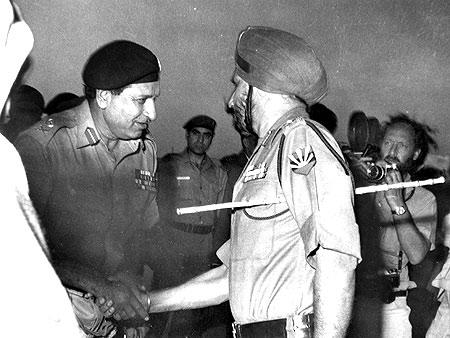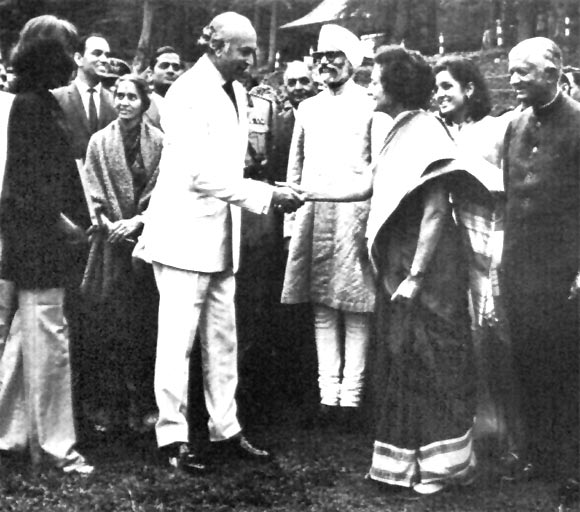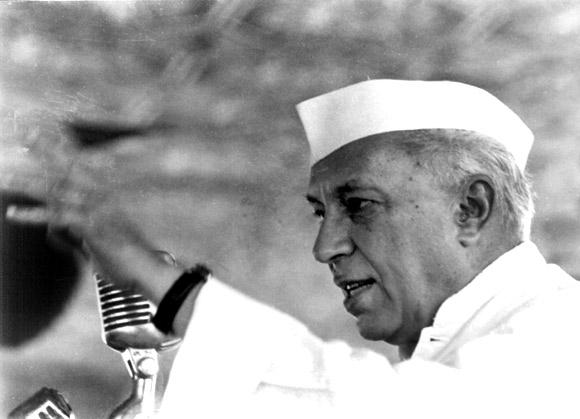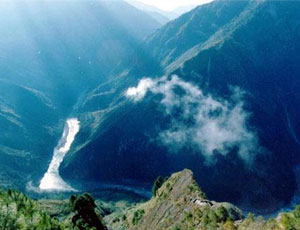By B Raman
On December 9,2011, Radio Free Asia, funded by the US State Department, disseminated a report attributed to the Agence France Presse (AFP) regarding how China has been trying to counter criticism of the State and the Communist Party of China and spread of undesirable “rumours” through the Internet by micro-bloggers and other netizens.
The text of the AFP report as disseminated by the Radio station is given below:
China's Online Propagandists Revealed:
A pair of leaked receipts from a university in northwestern China that apparently shows the pay given to government-backed Internet commentators, known as the "50 cent army," has been circulating among netizens this week.
Sealed with the official stamp of "The Party Committee Propaganda Department of the Northwestern Polytechnic University of the Chinese Communist Party," the receipts confirm that money was paid to "Internet commentators."
An employee who answered the phone at the Xian-based university confirmed that such a job exists on campus.
"You mean a propaganda specialist," he said, when asked if there was such a job as "Internet commentator" at the college.
But he said he didn't know much about the job, and supplied a second phone number for more information.
The employee who answered this number also confirmed the job exists.
"With editorial input from the team, they can produce something of great value," he said.
However, he hung up when pressed for further details.
China is stepping up media training for its officials, as well as an army of freelance commentators paid to direct public debate online, known as the "50 cent army," according to official media reports in recent months.
A news report from local television station, Hubei Xishui TV, said local officials from the Xishui county propaganda department had held training exercises for official spokespersons and "Internet commentators."
Media training courses for commentators and government officials include tips on how to influence coverage by the country's biggest news organizations, as well as numerous methods of using the Internet and social media to spread the government's message.
Internet commentators are expected to report "the truth" as fast as possible, to supplement their information with explanations for events, and to influence Internet debate in the "correct" direction, reports have said.
Veteran bloggers and online activists say that a typical workday for a 50-center would involve watching forum posts, microblog posts, and chatrooms for topics linked to a specific keyword allocated by their managers.
How much they are paid depends on the number of comments, tweets, and posts they make that steer the debate in the government's preferred direction.
According to the receipts currently circulating, which had the personal details of the 50-centers obscured, two commentaries were paid for by the university, one at 20 yuan, and one at 30 yuan.
The world of the government-backed online commentators is shadowy, with ordinary netizens left to infer how they operate from their behavior online or from the occasional leaked document.
In it, hired commentators are instructed to track down the source of any online "rumors," and then to order the website that first posted it to delete the offending item.
One Chinese student who declined to be named said he had once written articles for the government online, to earn a little extra money.
"I saw that my classmates were doing it as well, and I didn't think anything of it," he said. "I didn't know that we were the so-called '50 cent army.'"
"I didn't really understand what I was doing, and I was somewhat lacking in values," he said. "Now I deeply regret going out to bat for them with comments like that."
He said he was able to earn around 100-120 yuan a month writing the articles.
Chinese Internet expert Li Li said that while the 50 cent army appears to be growing in numbers, their effectiveness is limited.
"If you do a lot of bad things, you will lose credibility ... and eventually no one will believe anything you say," Li said.
"Then there will be a backlash; everyone will know who the 50 cent army are, and the government's credibility will be at its lowest possible level."
Blogger Wen Yunchao, known by his online nickname Beifeng, said most netizens adopted a policy of ignoring 50-centers.
"We pretend we don't hear or see them," he said. "We treat them as if they weren't there, and never give any kind of reaction."
"This makes them much less effective."
B Raman is presently Director, Institute for Topical Studies, Chennai & former Additional Secretary, Cabinet Secretariat. He is also the author of The Kaoboys of R&AW, Mumbai 26/11, Terrorism: Yesterday, Today & Tomorrow, Intelligence: Past, Present & Future and A Terrorist State as a Frontline Ally.
http://www.indiandefencereview.com/homeland-security/Chinas-state-sponsored-tweeters-and-their-paid-tweets-.html
On December 9,2011, Radio Free Asia, funded by the US State Department, disseminated a report attributed to the Agence France Presse (AFP) regarding how China has been trying to counter criticism of the State and the Communist Party of China and spread of undesirable “rumours” through the Internet by micro-bloggers and other netizens.
The text of the AFP report as disseminated by the Radio station is given below:
China's Online Propagandists Revealed:
Sealed with the official stamp of "The Party Committee Propaganda Department of the Northwestern Polytechnic University of the Chinese Communist Party," the receipts confirm that money was paid to "Internet commentators."
A pair of leaked receipts from a university in northwestern China that apparently shows the pay given to government-backed Internet commentators, known as the "50 cent army," has been circulating among netizens this week.
Sealed with the official stamp of "The Party Committee Propaganda Department of the Northwestern Polytechnic University of the Chinese Communist Party," the receipts confirm that money was paid to "Internet commentators."
An employee who answered the phone at the Xian-based university confirmed that such a job exists on campus.
"You mean a propaganda specialist," he said, when asked if there was such a job as "Internet commentator" at the college.
But he said he didn't know much about the job, and supplied a second phone number for more information.
The employee who answered this number also confirmed the job exists.
"You mean a propaganda specialist," he said, when asked if there was such a job as "Internet commentator" at the college."Of course we do," he said. "The job is to write news ... for example, they might use their knowledge of scholarly articles."
"With editorial input from the team, they can produce something of great value," he said.
However, he hung up when pressed for further details.
China is stepping up media training for its officials, as well as an army of freelance commentators paid to direct public debate online, known as the "50 cent army," according to official media reports in recent months.
A news report from local television station, Hubei Xishui TV, said local officials from the Xishui county propaganda department had held training exercises for official spokespersons and "Internet commentators."
Media training courses for commentators and government officials include tips on how to influence coverage by the country's biggest news organizations, as well as numerous methods of using the Internet and social media to spread the government's message.
Media training courses for commentators and government officials include tips on ...numerous methods of using the Internet and social media to spread the government's message.
Internet commentators are expected to report "the truth" as fast as possible, to supplement their information with explanations for events, and to influence Internet debate in the "correct" direction, reports have said.
Veteran bloggers and online activists say that a typical workday for a 50-center would involve watching forum posts, microblog posts, and chatrooms for topics linked to a specific keyword allocated by their managers.
How much they are paid depends on the number of comments, tweets, and posts they make that steer the debate in the government's preferred direction.
According to the receipts currently circulating, which had the personal details of the 50-centers obscured, two commentaries were paid for by the university, one at 20 yuan, and one at 30 yuan.
The world of the government-backed online commentators is shadowy, with ordinary netizens left to infer how they operate from their behavior online or from the occasional leaked document.
...hired commentators are instructed to track down the source of any online "rumors," and then to order the website that first posted it to delete the offending item.Earlier this year, the news website Canyu leaked a document titled "Internal Work Handbook" allegedly written for 50-centers.
In it, hired commentators are instructed to track down the source of any online "rumors," and then to order the website that first posted it to delete the offending item.
One Chinese student who declined to be named said he had once written articles for the government online, to earn a little extra money.
"I saw that my classmates were doing it as well, and I didn't think anything of it," he said. "I didn't know that we were the so-called '50 cent army.'"
"I didn't really understand what I was doing, and I was somewhat lacking in values," he said. "Now I deeply regret going out to bat for them with comments like that."
He said he was able to earn around 100-120 yuan a month writing the articles.
Chinese Internet expert Li Li said that while the 50 cent army appears to be growing in numbers, their effectiveness is limited.
"If you do a lot of bad things, you will lose credibility ... and eventually no one will believe anything you say," Li said.
"Then there will be a backlash; everyone will know who the 50 cent army are, and the government's credibility will be at its lowest possible level."
Blogger Wen Yunchao, known by his online nickname Beifeng, said most netizens adopted a policy of ignoring 50-centers.
"We pretend we don't hear or see them," he said. "We treat them as if they weren't there, and never give any kind of reaction."
"This makes them much less effective."
About the author
B Raman is presently Director, Institute for Topical Studies, Chennai & former Additional Secretary, Cabinet Secretariat. He is also the author of The Kaoboys of R&AW, Mumbai 26/11, Terrorism: Yesterday, Today & Tomorrow, Intelligence: Past, Present & Future and A Terrorist State as a Frontline Ally.
http://www.indiandefencereview.com/homeland-security/Chinas-state-sponsored-tweeters-and-their-paid-tweets-.html











